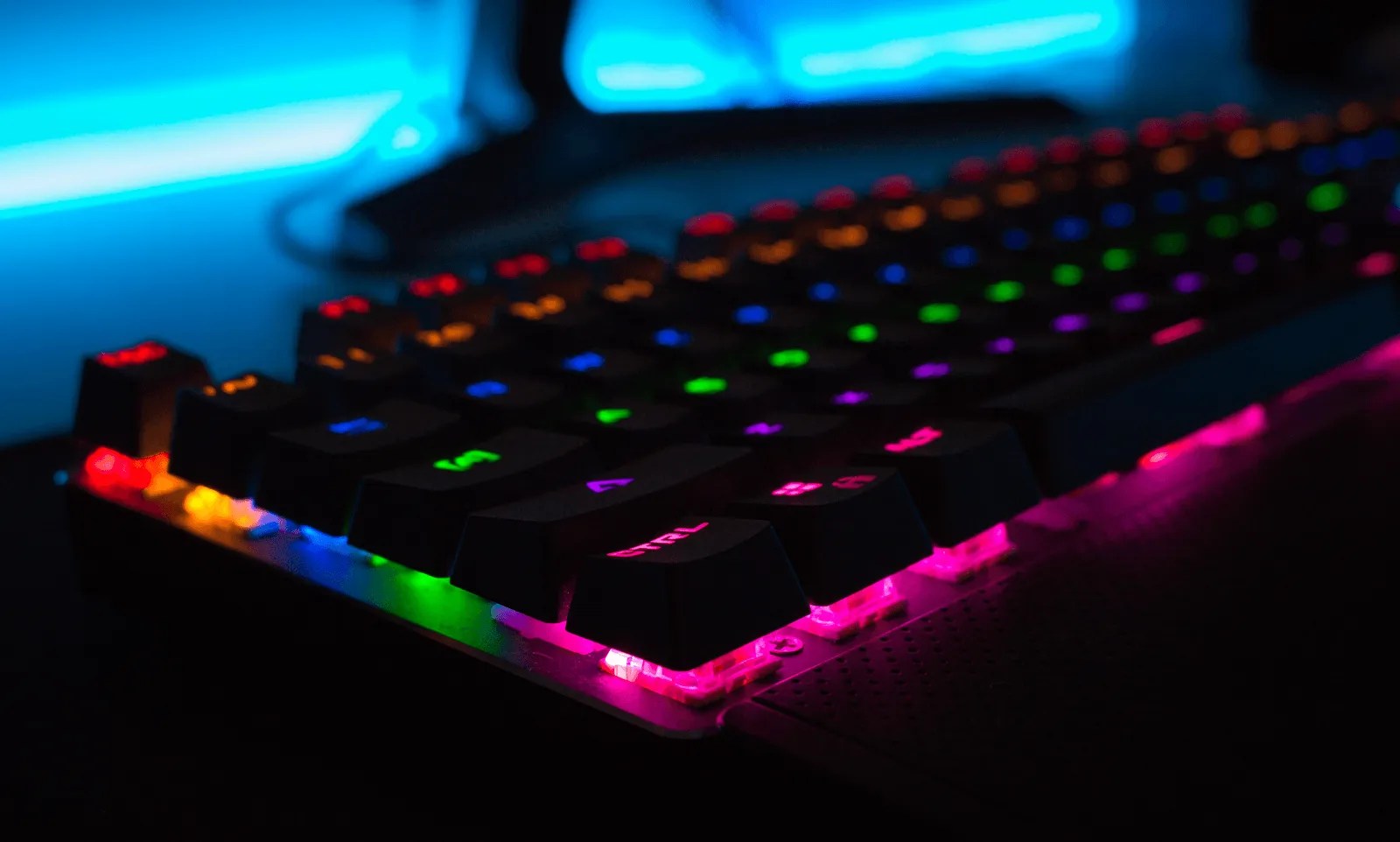How to Fix it When Keyboard is not Working in Windows 10
Keyboard is Not Working in Windows 10? In this guide, we'll explain what to do when Keyboard is Not Working in Windows 10.
Author:Daniel BarrettAug 10, 20221892 Shares99598 Views

You’re not alone if you’ve recently upgraded to Windows 10 and now your keyboard isn’t working. Many other Windows 10 users report the same problem, especially after installing the KB4074588 update.
When your keyboard stops working, you’re essentially left to use your pcwith a handicap. However, we’re here to help you restore your keyboard into working order with this guide.
Here are six quick fixes you can try. Of course, you may not need to try them all. Just work your way down the list until you find the one that fixes it.
Prerequisite: Turn on the on-screen keyboard
Before troubleshooting, we recommend turning on the on-screen keyboard in Windows 10. This will allow you to follow instructions even if you need to type something in or press keys on the keyboard.
Here’s how to turn on the on-screen keyboard in Windows 10:
- Click on the Windows icon in your taskbar and choose Settings.
- Choose the Ease of Access tile.
- Scroll down in the left-side panel, then click on the Keyboard listed under the Interaction section.
- Click on the toggle under “Use the On-Screen Keyboard” to turn on the virtual keyboard in Windows 10.
Quick Fix 1: Use the Windows + Space bar keyboard shortcut
Before jumping into any complicated methods, we’d like to address a quick and easy fix that can fix issues with the keyboard.
You have to press the Windows + Space bar keys on your keyboard simultaneously. However, many users have reported that their keyboard has started working again by doing this.
Quick Fix 2: Check your USB port is working
Sometimes a USB port can stop working when you upgrade to a new version of Windows. Usually, it’s because of a driver problem. You should always check for this problem first.
Fortunately, it’s easy to test: unplug the keyboard from the USB port and plug in another USB device – like a mouse or an external hard drive. If that device doesn’t work either, the USB port itself is the problem.
Quick Fix 3: Turn off the Filter Keys feature
The Filter Keys feature has a known bug that causes issues with your keyboard. You can turn Filter Keys off by following the steps below and potentially restore your keyboard within minutes.
- Press the Windows + R keys using the on-screen keyboard to bring up the Run utility, then type in “control” and click the OK button. This is going to open the Control Panel.
- Make sure that your view mode is set to Category.
- Next, click on the Ease of Access heading.
- Click on the “Change how your keyboard works” link found in the Ease of Access Center.
Ensure that the checkbox next to “Turn on Filter Keys” is empty. If you see a checkmark, click on it to remove it.Click the Apply button, then click OK. You should be able to test if your keyboard functions as intended now.
Quick Fix 4: Adjust your keyboard settings
Windows has a Filter Keys setting that allows you to control how it deals with accidentally repeated keystrokes. Unfortunately, if turned on, this setting has been known to cause some keyboards to stop working in Windows 10. So you should check if it’s turned on. If it is, you should turn it off and see if that resolves the problem.
- On your PC desktop, click the Action Center icon in the lower-right corner and click All settings.
- Click Ease of Access.
- Click Keyboard.
- Ensure Filter Keys is OFF, and close the window.
Quick Fix 5: Disable Fast Startup
Some users suggest that the Fast Startup setting may cause issues with the functionality of your device, especially connected peripherals or driver software. You can test this by disabling Fast Startup using our guide below.
- Press the Windows + R keys using the on-screen keyboard to bring up the Run utility, then type in “control” and click the OK button. This is going to open the Control Panel.
- Make sure that your view mode is set to Category.
- Next, click on the Hardwareand Sound heading.
- Open the Power Options menu.
- Click on the “Choose what the power buttons do” link from the left pane.
- Here, you should see options to change how your computer boots up. To be able to modify these settings, you need to click on the “Change settings that are currently unavailable” link.
- Make sure that “Turn on fast startup” is unchecked, then click the “Save changes” button.
- Restart your device and see if your keyboard works properly.
Quick Fix 6: Update your drivers
Outdated drivers can cause a whole bunch of issues on your system. So make sure to update them to possibly fix any issues with your keyboard on Windows 10.
- Press the Windows + X keys on your keyboard and click on the Device Manager option from the menu.
- Expand the Keyboards menu by clicking on the arrow next to it.
- Right-click on your keyboard listed in the menu and choose Update Driver.
- Allow Windows 10 to look for the newest driver on your local computer or online, then follow any on-screen instructions.
Editor’s picks:
Jump to

Daniel Barrett
Author
Latest Articles
Popular Articles